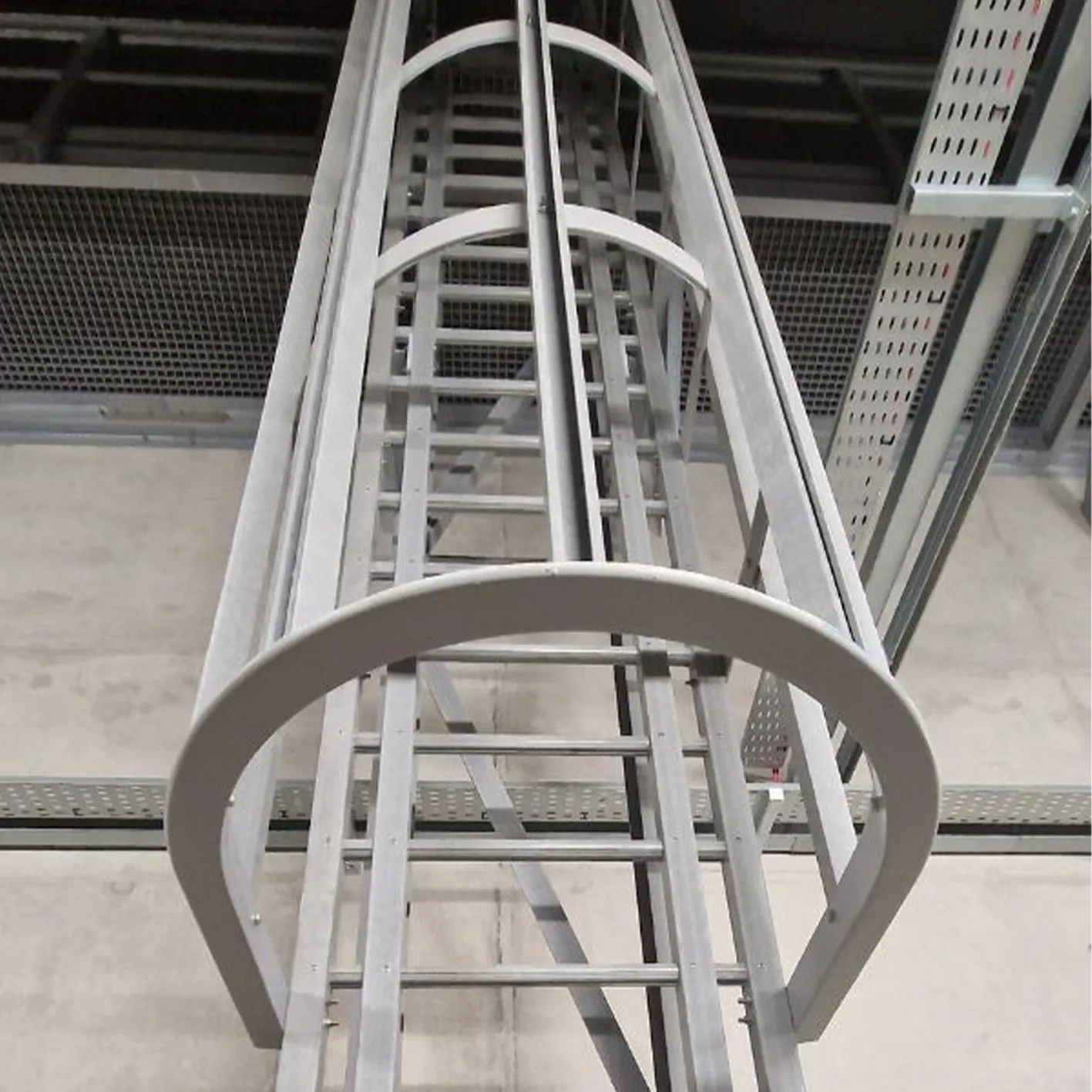loading...
- No. 9, Xingyuan South Street, Dongwaihuan Road, Zaoqiang County, Hengshui, Hebei, China
- admin@zjcomposites.com
- +86 15097380338
- Welcome to visit our website!
Durable Fiberglass Steps for Enhanced Safety and Longevity in Any Environment
The Role and Benefits of Fiberglass Treads in Modern Construction
In the realm of construction and architecture, safety and durability are paramount considerations. Among the various materials vying for attention, fiberglass treads have emerged as a standout choice for many applications, particularly in environments where resilience, slip resistance, and ease of maintenance are crucial. This article delves into the many advantages of using fiberglass treads, highlighting their practical applications and significance in modern construction.
Understanding Fiberglass Treads
Fiberglass treads are essentially steps made from a composite material that combines glass fibers with a resin matrix. This combination results in a product that is not only lightweight but also exhibits remarkable strength and flexibility. The manufacturing process involves layering glass fibers in a specific pattern and then saturating them with a resin, which cures to form a solid, durable structure. This innovative construction method yields treads that are not only accessible but also highly effective in various settings.
Advantages of Fiberglass Treads
1. Slip Resistance One of the most notable features of fiberglass treads is their slip-resistant surface. This is particularly essential in outdoor or industrial environments where moisture, oil, or debris might create hazardous conditions. Many fiberglass treads come with textured surfaces that significantly reduce the risk of slips and falls, enhancing safety for users.
2. Durability and Longevity Another highlight of fiberglass treads is their exceptional durability. Unlike traditional wooden or metal treads, fiberglass does not corrode, rust, or warp over time. This resilience means that fiberglass treads can withstand the elements, making them an excellent choice for exterior applications, such as stairways, walkways, and docks. Their longevity reduces the need for frequent replacements, saving both money and resources in the long run.
fiberglass treads

3. Low Maintenance Maintenance is a critical concern for many construction projects, and fiberglass treads shine in this area as well. They are easy to clean and require minimal upkeep. A simple wash with soap and water is typically sufficient to keep them looking new, which is a significant advantage for busy facilities or public spaces that demand cleanliness.
4. Lightweight Nature Fiberglass treads are considerably lighter than their metal or concrete counterparts. This attribute makes them easier to handle and install, reducing labor costs and overall project timelines. The reduced weight also minimizes the load on supporting structures, an essential factor in various design scenarios.
5. Aesthetic Appeal Fiberglass treads are available in a wide range of colors and finishes, allowing builders and architects to choose options that align with their design vision. This versatility means that they can be used in both utilitarian and decorative contexts, providing options that enhance the overall aesthetic of a space.
Applications of Fiberglass Treads
The versatility of fiberglass treads extends to a variety of applications. In industrial settings, they are often utilized in factories and warehouses, where safety and durability are crucial. In commercial spaces, such as shopping malls or outdoor recreation areas, fiberglass treads provide safe and attractive solutions for access points and pedestrian pathways. Furthermore, their use in residential environments is growing, particularly in areas prone to moisture, such as pool decks and outdoor steps.
Conclusion
Fiberglass treads represent a significant advancement in construction materials, combining safety, durability, and aesthetic versatility in one package. Their unique properties make them an optimal choice for a wide range of applications, from industrial sites to residential properties. As the construction industry continues to prioritize safety and sustainability, the benefits of fiberglass treads will undoubtedly play a pivotal role in shaping the future of building practices. Whether you are an architect, builder, or homeowner, considering fiberglass treads can lead to safer and more durable structures that stand the test of time.
-
The Rise of FRP Profiles: Strong, Lightweight, and Built to LastNewsJul.14,2025
-
SMC Panel Tanks: A Modern Water Storage Solution for All EnvironmentsNewsJul.14,2025
-
GRP Grating: A Modern Solution for Safe and Durable Access SystemsNewsJul.14,2025
-
Galvanized Steel Water Tanks: Durable, Reliable, and Ready for UseNewsJul.14,2025
-
FRP Mini Mesh Grating: The Safer, Smarter Flooring SolutionNewsJul.14,2025
-
Exploring FRP Vessels: Durable Solutions for Modern Fluid HandlingNewsJul.14,2025
-
GRP Structures: The Future of Lightweight, High-Performance EngineeringNewsJun.20,2025
